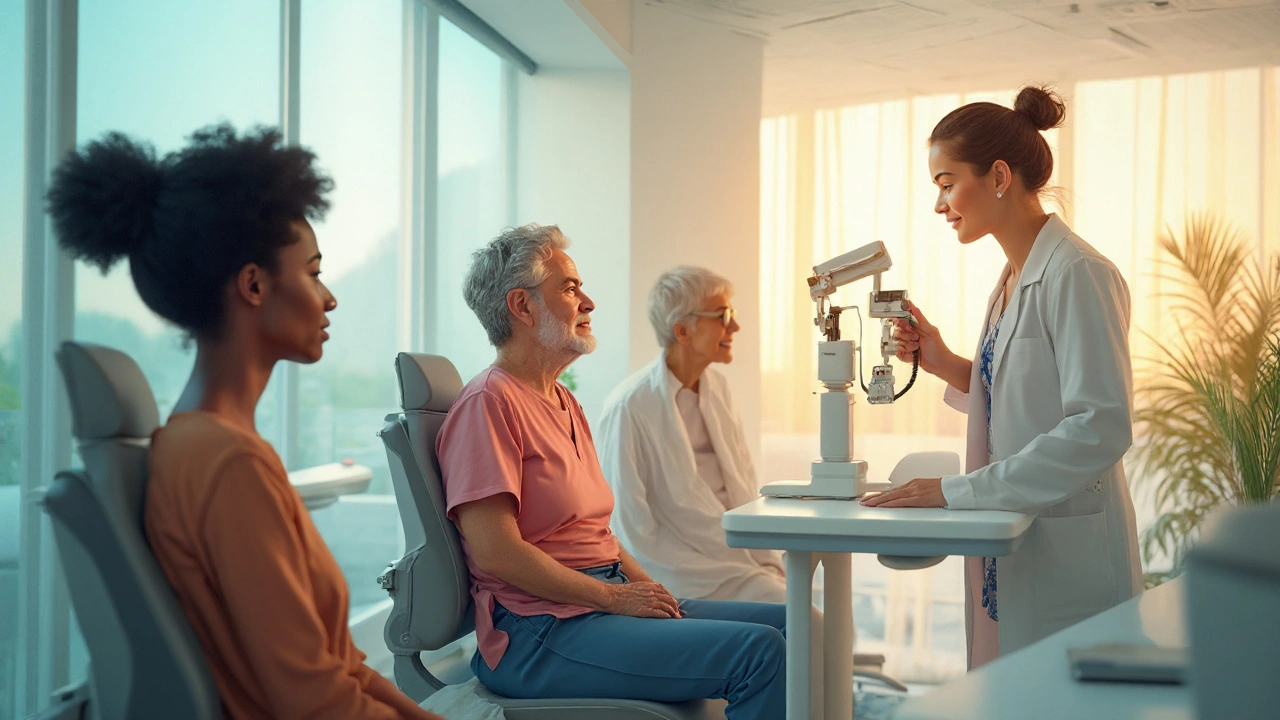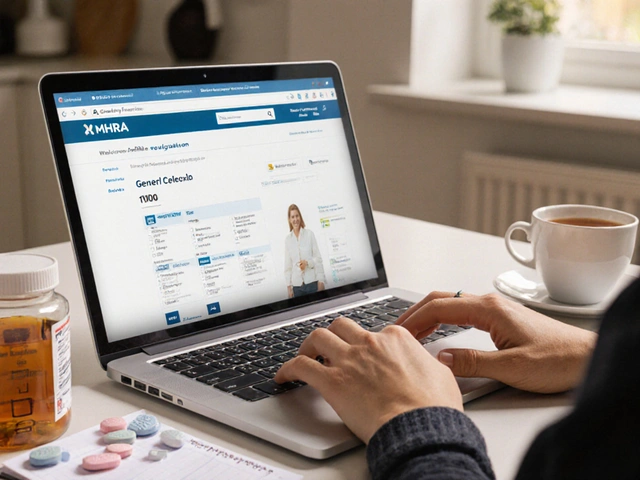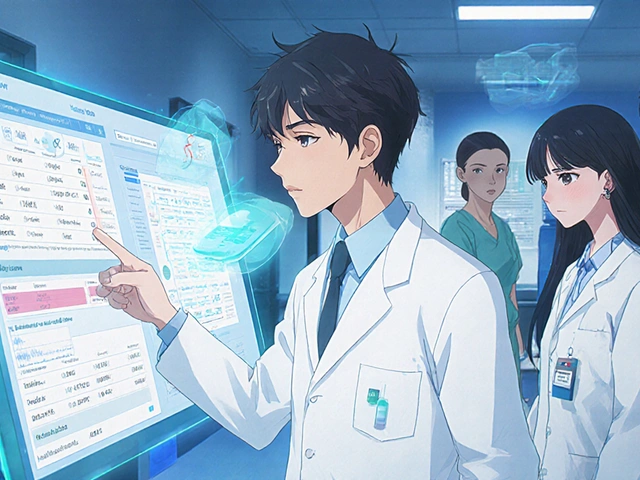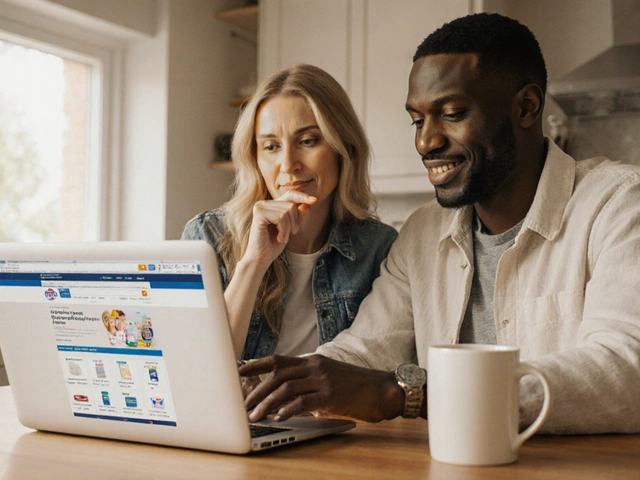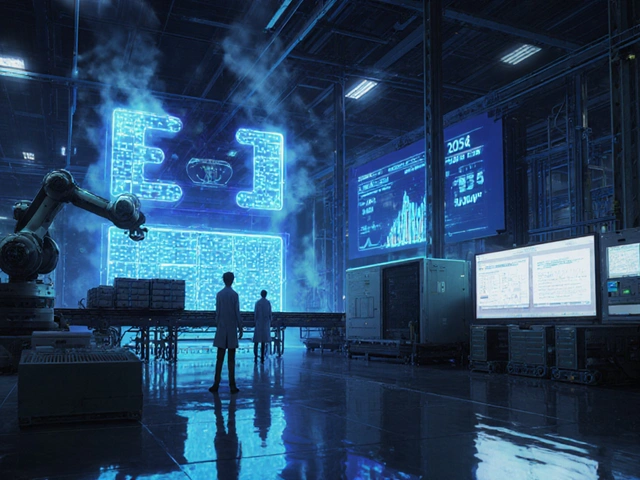Ocular Hypertension: What It Is and How to Manage It
Ocular hypertension means the pressure inside your eye is higher than normal, but there’s no damage to the optic nerve yet. Most people don’t feel anything, so the condition is often found during a routine eye exam. Even though it’s not the same as glaucoma, high eye pressure can turn into glaucoma over time if left unchecked.
Why does this happen? The fluid that fills the front part of the eye (called aqueous humor) has to drain out through a tiny network. If that drain slows down or gets blocked, pressure builds up. Age, family history, and certain medical conditions can make the drainage system work less efficiently.
How Ocular Hypertension Is Diagnosed
The main test is a tonometry reading, which measures intra‑ocular pressure (IOP). Your eye doctor will also look at the optic nerve with a special microscope (called a fundus exam) to make sure there’s no damage yet. Sometimes a visual field test is done to catch early changes that might be missed otherwise.
Doctors also ask about risk factors: do you have a family member with glaucoma? Are you on steroids for a long time? Do you have high blood pressure or diabetes? All of these can push eye pressure higher.
Treating and Controlling Eye Pressure
Most people with ocular hypertension start with daily eye drops. The drops work by either reducing fluid production or helping it drain better. Common options include prostaglandin analogs, beta‑blockers, and carbonic anhydrase inhibitors. Your doctor will pick a type based on your health profile and any other meds you’re taking.
Lifestyle tweaks can also help. Regular exercise improves blood flow to the eye and can lower pressure a bit. Keeping a healthy weight, staying hydrated (but not drinking huge amounts at once), and avoiding smoking are all good moves.
If drops aren’t enough, laser therapy (laser trabeculoplasty) is a quick, office‑based procedure that opens up drainage channels. Surgery is rare for ocular hypertension alone, but it’s an option if pressure stays high despite other treatments.
Monitoring is key. Your doctor will likely schedule follow‑up exams every 6‑12 months to check pressure and the optic nerve. If the pressure starts to creep up, the treatment plan can be adjusted before any damage occurs.
When should you call the doctor? If you notice sudden eye pain, flashes of light, or vision loss, seek help right away—those could be signs of acute angle‑closure glaucoma, a medical emergency. Otherwise, stick to the appointment schedule and keep a list of any side effects from drops.Bottom line: ocular hypertension is a warning sign, not a disease you have to live with forever. With regular eye checks, the right drops, and a few healthy habits, you can keep your eye pressure in check and reduce the chance of developing glaucoma.
Learn what ocular hypertension is, why it happens, how to spot it early and the most effective treatment options to protect your vision.
Recent-posts
Nov, 23 2025
Categories
Tags
- online pharmacy
- side effects
- online pharmacy UK
- generic drugs
- Tadalafil
- arthritis medication
- buy medication online
- prescription medication
- motion sickness
- Sildenafil
- Vardenafil
- ED medication alternatives
- drug interactions
- drug safety
- opioid side effects
- generic medication prices
- brand drugs
- premenstrual dysphoric disorder
- sleep quality
- PMDD

